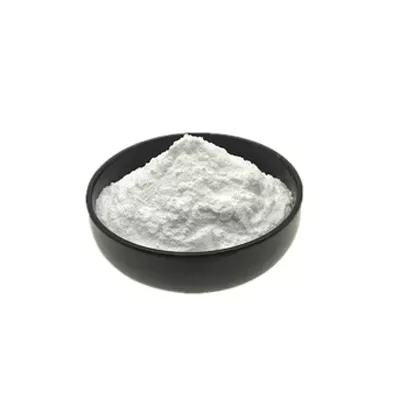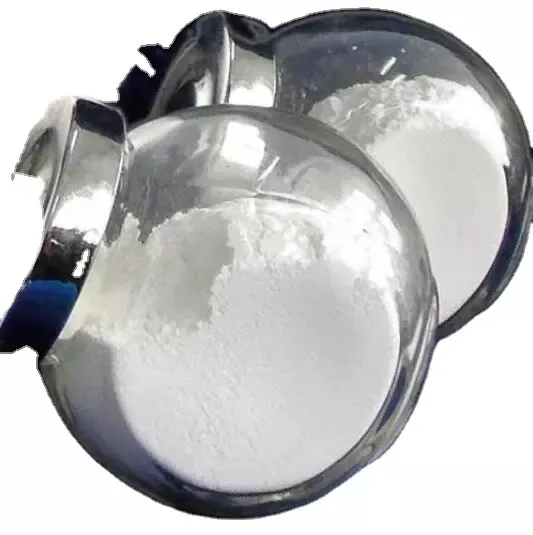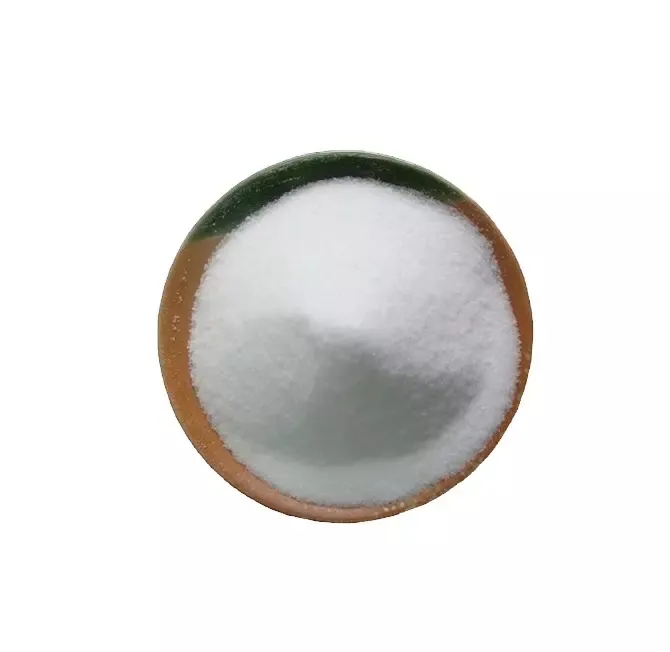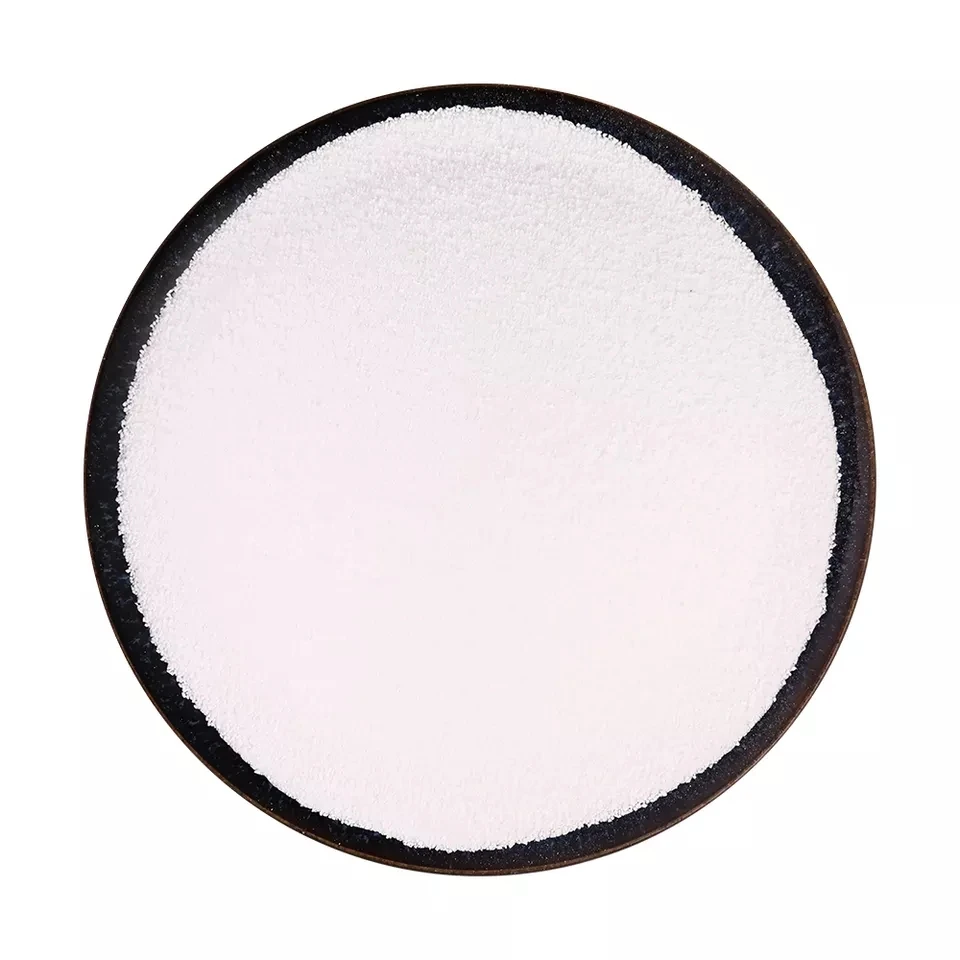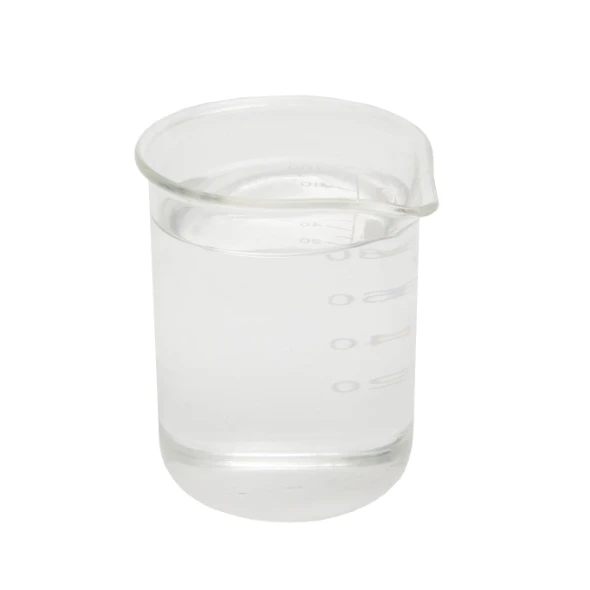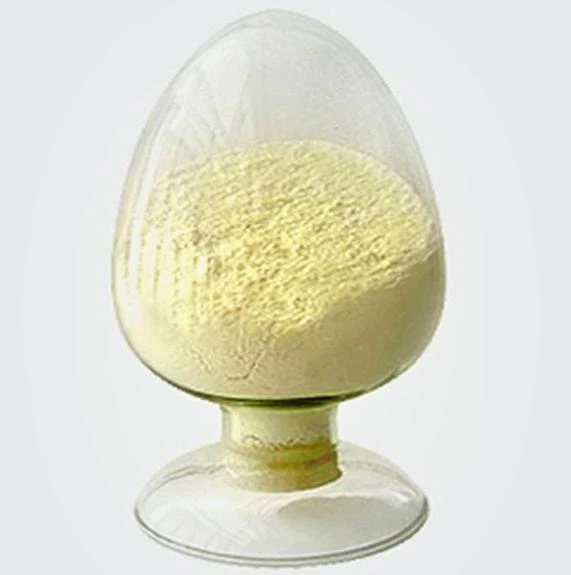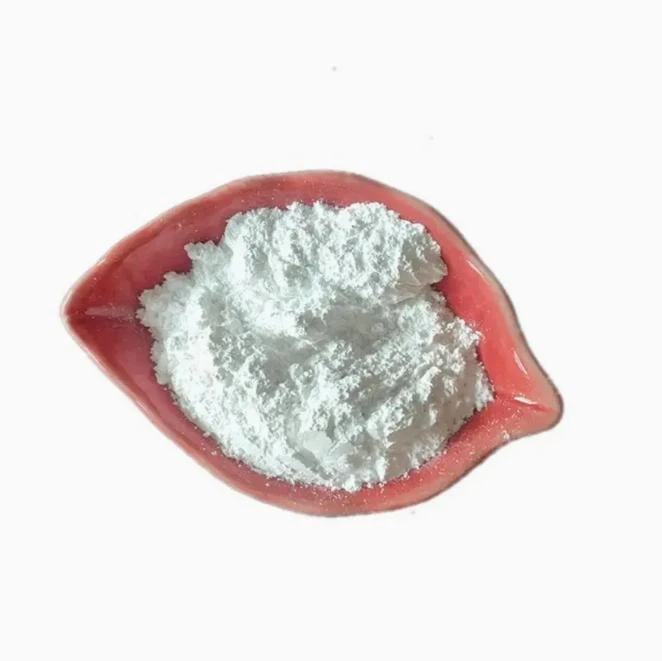Warning: Undefined array key "file" in /home/www/wwwroot/HTML/www.exportstart.com/wp-content/themes/1198/header.php on line 7
Warning: Undefined array key "title" in /home/www/wwwroot/HTML/www.exportstart.com/wp-content/themes/1198/header.php on line 7
Warning: Undefined array key "title" in /home/www/wwwroot/HTML/www.exportstart.com/wp-content/themes/1198/header.php on line 7
- Umunyafurika
- Ikinyalubaniya
- Amharic
- Icyarabu
- Ikinyarumeniya
- Azaribayijan
- Basque
- Biyelorusiya
- Ikibengali
- Bosiniya
- Buligariya
- Igikatalani
- Cebuano
- Ubushinwa
- Ubushinwa (Tayiwani)
- Corsican
- Igikorowasiya
- Ceki
- Danemark
- Ikidage
- Icyongereza
- Esperanto
- Esitoniya
- Igifinilande
- Igifaransa
- Igifaransa
- Abagalatiya
- Jeworujiya
- Ikidage
- Ikigereki
- Gujarati
- Igikerewole
- hausa
- hawaiian
- Igiheburayo
- Oya
- Miao
- Hongiriya
- Isilande
- igbo
- Indoneziya
- irish
- Umutaliyani
- Ikiyapani
- Javanese
- Kannada
- kazakh
- Khmer
- Rwanda
- Igikoreya
- Kurdish
- Kirigizisitani
- Igituntu
- Ikilatini
- Ikilatini
- Lituwaniya
- Luxembourgish
- Abanyamakedoniya
- Malgashi
- Malayika
- Malayalam
- Maltese
- Maori
- Marathi
- Mongoliya
- Miyanimari
- Nepali
- Noruveje
- Noruveje
- Occitan
- Pashto
- Persian
- Igipolonye
- Igiporutugali
- Punjabi
- Ikinyarumaniya
- Ikirusiya
- Samoan
- Abanya-Gaelic
- Igiseribiya
- Icyongereza
- Shona
- Sindhi
- Sinhala
- Igisilovaki
- Igisiloveniya
- Somaliya
- Icyesipanyoli
- Sundanese
- Igiswahiri
- Igisuwede
- Tagalog
- Tajik
- Tamil
- Tatar
- Telugu
- Tayilande
- Turukiya
- Abanyaturukiya
- Ukraine
- Urdu
- Uighur
- Uzbek
- Abanya Vietnam
- Welsh
- Ubufasha
- Yiddish
- Yoruba
- Zulu
4-Methylcatechol CAS 452-86-8 as good-Efficiency
4-Methylcatechol, also known as Homocatechol, Homopyrocatechol or 4-Methyl-1,2-benzenediol, is a compound belonging to the methylcatechol family, is distinguished by a single methyl substituent situated at the 4-position of its molecular structure. This unique chemical composition grants it a range of intriguing properties and biological activities, prompting extensive investigation in the scientific community.
Originally isolated from Picea abies, commonly known as Norway spruce, 4-methylcatechol has been the subject of intense study due to its diverse roles in various biological contexts. One of its notable functions is its involvement as a hapten, playing a crucial role in immune responses. Moreover, this compound has garnered attention for its potential implications as both a carcinogenic agent and a potent antioxidant.
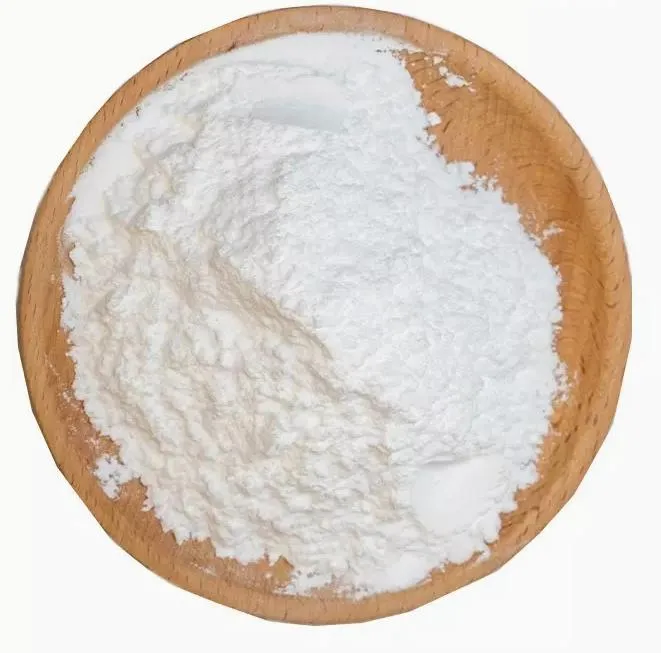



1. Sterilization and Mildew Prevention
4-Methylcatechol is utilized for the sterilization and mildew prevention of photosensitive materials, making it valuable in the preservation and protection of such materials.
2. Apple-type Spices
In the food industry, 4-Methylcatechol finds application in the manufacture of apple-type spices, imparting unique flavors to various food products.
3. Intermediate in Pharmaceutical Synthesis
Due to its versatile reactivity, 4-Methylcatechol serves as an important intermediate in the synthesis of antibacterial agents and antioxidants. These compounds are utilized in pharmaceutical research and drug development to combat microbial infections and provide antioxidant properties.
4. High-Efficiency Polymerization Inhibitor
4-Methylcatechol is employed as a high-efficiency polymerization inhibitor in various industrial processes. It helps prevent undesirable polymerization reactions, ensuring the stability and quality of the final products.
5. Immunology and Biomedical Research
Due to its role as a hapten, 4-methylcatechol finds applications in immunological studies, aiding in the investigation of immune responses and antigen-antibody interactions.
6. Cancer Research
While 4-methylcatechol has been identified as a carcinogenic agent, its involvement in cancer development provides opportunities for research aiming to better understand the molecular mechanisms of carcinogenesis and identify potential targets for cancer treatment.
7. Environmental and Ecological Studies
As a natural product found in diverse plant species, 4-methylcatechol contributes to ecological interactions and may have implications in environmental monitoring and plant-microbe interactions.
8. Biotechnological Applications
Understanding the metabolic involvement of 4-methylcatechol, particularly as a substrate and inhibitor of Catechol 2,3-Dioxygenase, opens avenues for biotechnological applications, including enzyme inhibition studies and the development of novel biocatalysts.
Dufite inganda nyinshi zo mu rwego rwo hejuru hamwe nubufatanye bwimbitse, zishobora kuguha ibicuruzwa byiza kandi nibiciro byapiganwa. Turashobora kandi gutanga kugabanyirizwa kugura byinshi.Kandi turafatanya namasosiyete menshi yohereza ibicuruzwa byumwuga, birashobora gutanga ibicuruzwa neza kandi neza mumaboko yawe. Igihe cyo gutanga ni iminsi 3-20 nyuma yo kwemeza ko wishyuye.




| Molecular Formula | C7H8O2 |
| Molar Mass | 124.14 |
| Density | 1.129 g/mL at 25 °C (lit.) |
| Ingingo yo gushonga | 67-69 °C (lit.) |
| Boling Point | 251 °C (lit.) |
| Flash Point | 140 °C |
| Amazi meza | soluble |
| Solubility | Soluble in water, miscible with acetone, ethanol, ether and toluene, moderately soluble in petroleum ether. Slightly soluble in carbon tetrachloride. |
| Vapor Presure | 0.016mmHg at 25°C |
| Kugaragara | Crystalline powder |
| Specific Gravity | 1.129 |
| Color | White |
| BRN | 636512 |
| pKa | 9.91±0.10(Predicted) |
| Storage Condition | Keep in dark place,Inert atmosphere,Room temperature |
| Sensitive | `sensitive` to light and air |
| Refractive Index | 1.5425 (estimate) |
| MDL | MFCD00002205 |
| Physical and Chemical Properties | Melting Point: 67-69°C(lit.) Boiling Point: 251°C(lit.) density: 1.129g/mL at 25°C(lit.) flash point: 140°C water solubility: soluble Properties: off-white to white crystalline powder |
| Koresha | As an intermediate, it is used in the synthesis of antibacterial agents and antioxidants, and can be used as a highly efficient polymerization inhibitor. For photosensitive material sterilization and mildew-proof, the manufacture of Apple-type spices. As an intermediate, it is used in the synthesis of antibacterial agents and antioxidants, and can be used as a high-efficiency polymerization inhibitor. |

1. Waba uruganda cyangwa isosiyete yubucuruzi?
Turi compnay ihuza inganda nubucuruzi, dutanga serivise imwe.OEM irashobora kwemerwa.
2. Utanga ingero? Nubuntu cyangwa birenze?
Ingero z'ubuntu. Amafaranga yo gutwara ibicuruzwa agomba kwishyurwa kuruhande rwawe.
3. Waba ufite ibyemezo bijyanye no kugenzura ubuziranenge?
Icyemezo cya ISO 9001: 2008 kugirango cyemeze ubuziranenge.
4. Niki nakagombye gutanga kugirango mbone amagambo?
Pls utumenyeshe ubwoko bwibicuruzwa ukeneye, gutondekanya ingano, aderesi hamwe nibisabwa byihariye. Amagambo azakorwa kugirango ubone igihe.
5. Ni ubuhe buryo bwo kwishyura ukunda? Ni ayahe magambo yemewe?
Amasezerano yo gutanga yemewe: FOB, CFR, CIF, EXW;
Accepted Payment Currency:USD;EUR
Ubwoko bwo Kwishura Bwemewe: T / T, Western Union; Paypal, Ubwishingizi bw'Ubucuruzi.
Ururimi ruvugwa: Icyongereza.
Ibyiciro byibicuruzwa
-
 May . 13, 20252025 European Fine Chemicals Exhibition in GermanyThe much-anticipated Fine Chemicals Europe 2025 will be held in Germany from June 4 to 5, 2025. The event will bring together industry leaders, innovators and stakeholders in the fine chemicals sector, providing a unique platform for networking, collaboration and showcasing the latest advances in the field.
May . 13, 20252025 European Fine Chemicals Exhibition in GermanyThe much-anticipated Fine Chemicals Europe 2025 will be held in Germany from June 4 to 5, 2025. The event will bring together industry leaders, innovators and stakeholders in the fine chemicals sector, providing a unique platform for networking, collaboration and showcasing the latest advances in the field. -
 May . 07, 20252025 New York Cosmetics Ingredients ExhibitionThe much-anticipated 2025 Cosmetics Ingredients New York will be held at the Javits Center in New York from June 3 to 4, 2025. This event will bring together industry leaders, innovators and enthusiasts from all over the world to discuss the latest trends and advances in the field of cosmetic ingredients.
May . 07, 20252025 New York Cosmetics Ingredients ExhibitionThe much-anticipated 2025 Cosmetics Ingredients New York will be held at the Javits Center in New York from June 3 to 4, 2025. This event will bring together industry leaders, innovators and enthusiasts from all over the world to discuss the latest trends and advances in the field of cosmetic ingredients. -
 Apr . 27, 2025Zibo will host the 2025 International Chemical ExpoZibo, a city known for its thriving chemical industry, will host the 2025 Zibo International Chemical Expo from May 16 to May 18, 2025. This highly anticipated event aims to bring together industry leaders, innovators and stakeholders from around the world to explore the latest advancements and trends in the chemical industry.
Apr . 27, 2025Zibo will host the 2025 International Chemical ExpoZibo, a city known for its thriving chemical industry, will host the 2025 Zibo International Chemical Expo from May 16 to May 18, 2025. This highly anticipated event aims to bring together industry leaders, innovators and stakeholders from around the world to explore the latest advancements and trends in the chemical industry.


